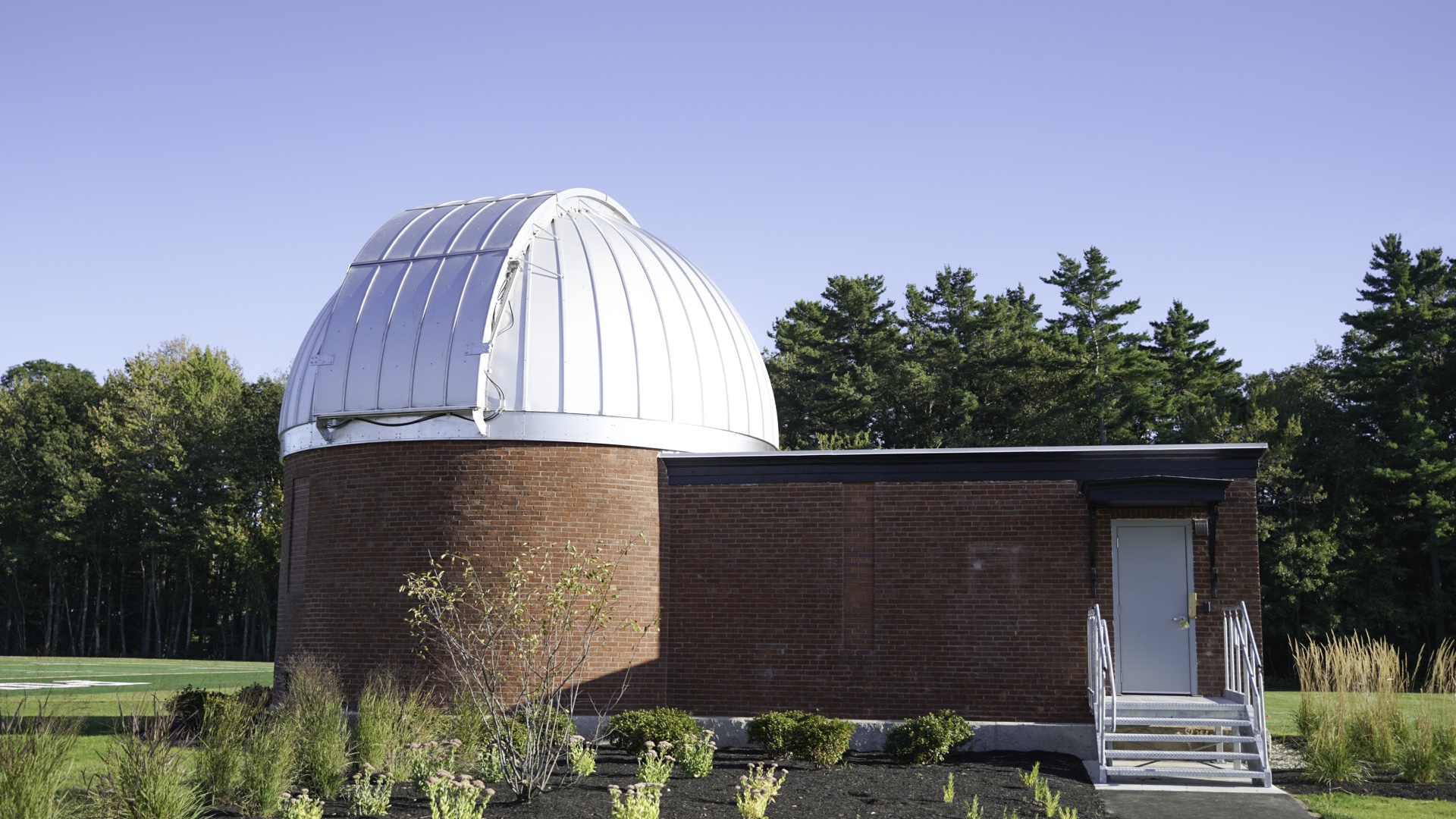Hill-Lam Observatory moves toward testing stage of renovations
September 5, 2025
 Shihab Moral
Shihab MoralIn July, the placement of a new steel dome on the Benjamin Hill-Lam ’13 Observatory marked the near end of the restoration process that began in February of last year. Soon to be finished and fully furnished, the observatory will next enter a period of testing to ensure the new instruments, including the larger telescope and dome controls, are working properly.
At the beginning of last year’s construction process, it was unclear whether the old dome would only need a renovation or require a full replacement. In the end, installing a new dome was determined to be both more time- and cost-efficient.
“The old dome was covered with a steel sheet product that we speculate was put on in the 1930s. The steel was corroded from decades of exposure—this steel material isn’t commonly used for roofing any more due to the maintenance needs,” Director of Capital Projects Manager John Simoneau wrote in an email to the Orient. “When added to the cost of updating mechanicals and controls for the dome, we were approaching the cost of a new structure.”
Made to be low maintenance, the new dome is composed of corrosion-resistant aluminized steel and should not need to be replaced again for many decades. According to Simoneau, the new dome’s lightweight design will require less force for turning the dome and opening the shutters. Additionally, its wider dimensions are better suited to the wider view angle of the new telescope commissioned for the observatory.
“We found a very good company [ASA Astrosysteme] that I wasn’t aware of in Austria, and they have very, very good optics,” Assistant Professor of Physics Fe McBride said. “The main mirror in the telescope is apparently pretty unparalleled in terms of the quality.”
Although construction is almost complete, it is unclear when the observatory will be fully functional either as a classroom or for public use. The next steps will involve several equipment tests, conducted both by an ASA representative as well as McBride and student researchers.
“I hope I’ll be able to go maybe at the end of September and do some of the first tests. But that doesn’t mean everything will work. It will probably take weeks and weeks until we have tested everything, and we understand the software and how to operate it,” McBride said. “There will be remote controls from the classroom building,… and that will also need to be tested extensively…. I have no idea what kind of problems will come up.”
Comments
Before submitting a comment, please review our comment policy. Some key points from the policy:
- No hate speech, profanity, disrespectful or threatening comments.
- No personal attacks on reporters.
- Comments must be under 200 words.
- You are strongly encouraged to use a real name or identifier ("Class of '92").
- Any comments made with an email address that does not belong to you will get removed.

I applaud Bowdoin for investing in this upgraded observatory facility! This will open the way to the scores of different kinds of research topics in astronomy in which even a modest-sized telescope and technical skills can make important contributions to science.